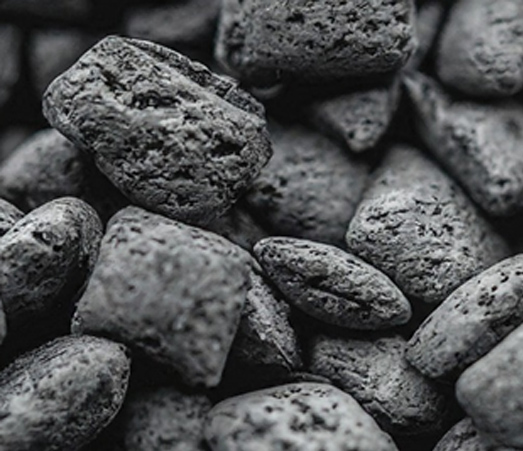

5
6
Cinder Concrete

Product Details
| Property | Description |
|---|---|
| Material Type | Cinder Concrete |
| Composition | Cinder Concrete |
| Density | Ranges from 800 KG/CBM to 1600 KG/CBM |
| Colour | Grey |
| Strength | 5 Mpa to 25 Mpa (varies according to density) |
| Thermal Conductivity | Moderate insulation properties due to the presence of cinders |
| Application |
|
| Advantages |
- Economical use of cinder waste material - Suitable for non-load-bearing applications - Good drainage properties - Lightweight compared to traditional concrete |
Cinder concrete contains clean well-burned coal cinders which are used as coarse aggregate. It is a material with low unit weight and often made with spherical aggregates.
The density of this concrete typically ranges from 600 to 800 kg/m³ compared with that of about 2400 kg/m³for normal weight aggregate concrete.
ADVANTAGE OF CINDER CONCRETE
- Compatibility with Adhesives
- Impact Resistance
- Fire Resistance
- Moisture Resistance
- Thermal Resistance
- Dimensional Stability
